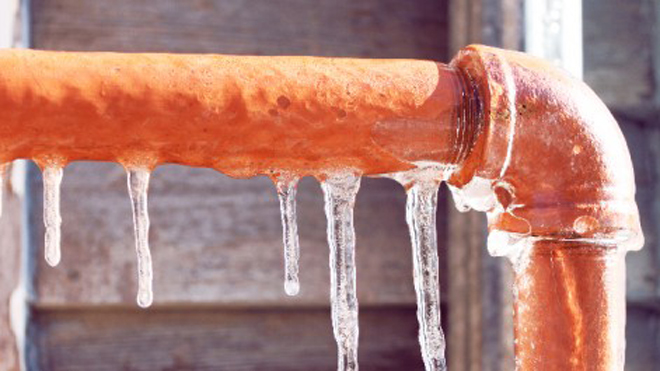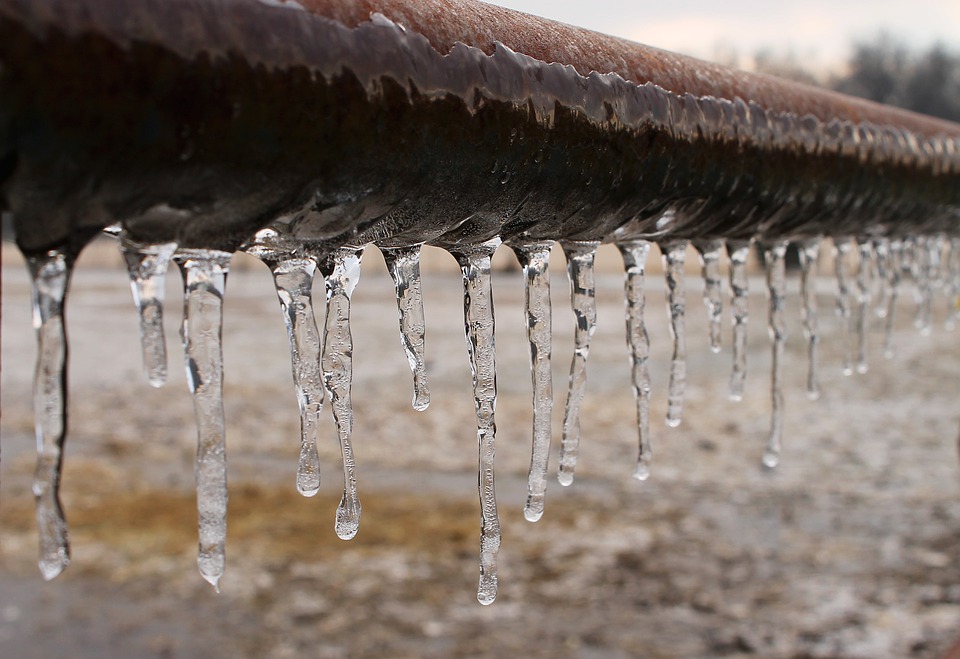How do you actually feel in relation to Preventing and dealing with frozen pipes?

Cold weather can wreak havoc on your plumbing, particularly by freezing pipes. Here's how to prevent it from taking place and what to do if it does.
Introduction
As temperatures drop, the threat of icy pipes boosts, potentially bring about costly repair work and water damage. Comprehending just how to stop icy pipelines is crucial for home owners in chilly climates.
Recognizing Frozen Pipelines
What triggers pipelines to freeze?
Pipelines freeze when revealed to temperatures listed below 32 ° F (0 ° C) for extended periods. As water inside the pipelines freezes, it broadens, taxing the pipe walls and possibly causing them to burst.
Dangers and problems
Frozen pipes can cause water supply disruptions, building damage, and costly repair services. Ruptured pipelines can flooding homes and trigger considerable architectural damages.
Indicators of Frozen Water Lines
Recognizing icy pipes early can prevent them from bursting.
How to recognize icy pipelines
Search for decreased water circulation from taps, unusual odors or sounds from pipes, and visible frost on revealed pipes.
Avoidance Tips
Insulating prone pipes
Wrap pipes in insulation sleeves or utilize warmth tape to protect them from freezing temperature levels. Concentrate on pipes in unheated or exterior areas of the home.
Home heating techniques
Maintain indoor areas appropriately heated up, particularly locations with plumbing. Open up cabinet doors to enable cozy air to circulate around pipes under sinks.
Shielding Outdoor Plumbing
Garden pipes and exterior taps
Disconnect and drain garden hose pipes before wintertime. Mount frost-proof faucets or cover exterior taps with shielded caps.
What to Do If Your Pipelines Freeze
Immediate activities to take
If you presume icy pipes, keep faucets open to relieve stress as the ice thaws. Utilize a hairdryer or towels soaked in hot water to thaw pipelines slowly.
Long-Term Solutions
Structural changes
Take into consideration rerouting pipes away from outside walls or unheated locations. Add added insulation to attics, basements, and crawl spaces.
Updating insulation
Invest in high-grade insulation for pipes, attic rooms, and walls. Correct insulation helps preserve consistent temperature levels and reduces the threat of icy pipelines.
Final thought
Stopping frozen pipelines needs proactive actions and quick responses. By recognizing the causes, indicators, and preventive measures, home owners can shield their plumbing during cold weather.
5 Ways to Prevent Frozen Pipes
Drain Outdoor Faucets and Disconnect Hoses
First, close the shut-off valve that controls the flow of water in the pipe to your outdoor faucet. Then, head outside to disconnect and drain your hose and open the outdoor faucet to allow the water to completely drain out of the line. Turn off the faucet when done. Finally, head back to the shut-off valve and drain the remaining water inside the pipe into a bucket or container. Additionally, if you have a home irrigation system, you should consider hiring an expert to clear the system of water each year.
Insulate Pipes
One of the best and most cost-effective methods for preventing frozen water pipes is to wrap your pipes with insulation. This is especially important for areas in your home that aren’t exposed to heat, such as an attic. We suggest using foam sleeves, which can typically be found at your local hardware store.
Keep Heat Running at 65
Your pipes are located inside your walls, and the temperature there is much colder than the rest of the house. To prevent your pipes from freezing, The Insurance Information Institute suggests that you keep your home heated to at least 65 degrees, even when traveling. You may want to invest in smart devices that can keep an eye on the temperature in your home while you’re away.
Leave Water Dripping
Moving water — even a small trickle — can prevent ice from forming inside your pipes. When freezing temps are imminent, start a drip of water from all faucets that serve exposed pipes. Leaving a few faucets running will also help relieve pressure inside the pipes and help prevent a rupture if the water inside freezes.
Open Cupboard Doors
Warm your kitchen and bathroom pipes by opening cupboards and vanities. You should also leave your interior doors ajar to help warm air circulate evenly throughout your home.

Do you really like reading about Preventing and dealing with frozen pipes? Create feedback directly below. We will be happy to listen to your opinion about this posting. Hoping to see you back again soon. Are you aware of another individual who is fascinated about the niche? Do not hesitate to promote it. We appreciate your readership.
Automated Marketing
Comments on “Ways to Protect Pipes from Freezing: Specialist Advice”